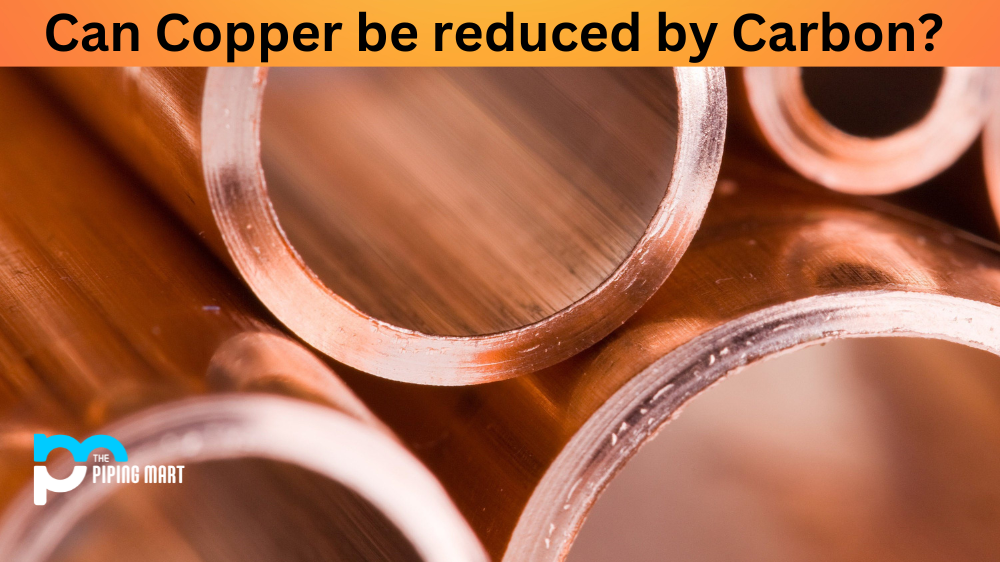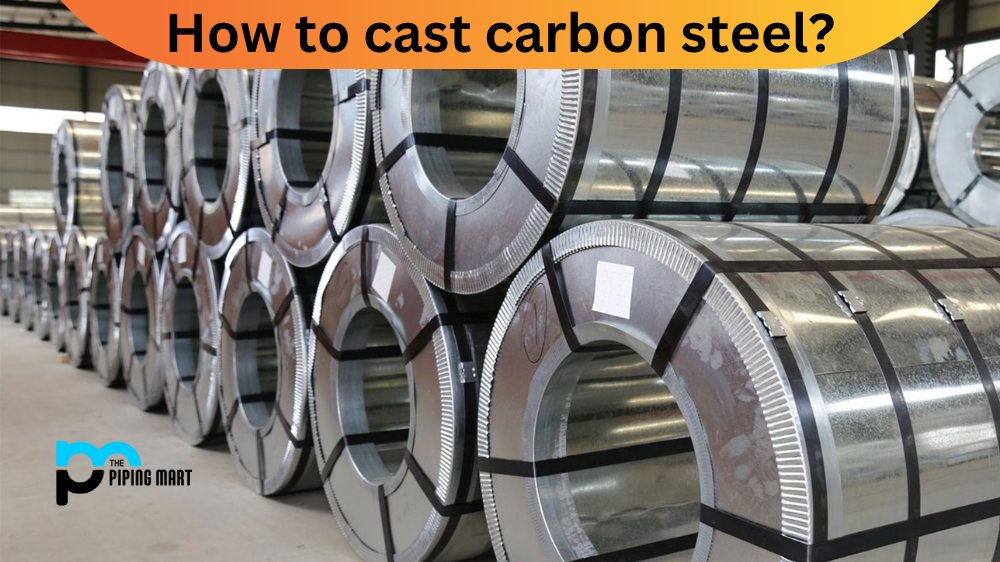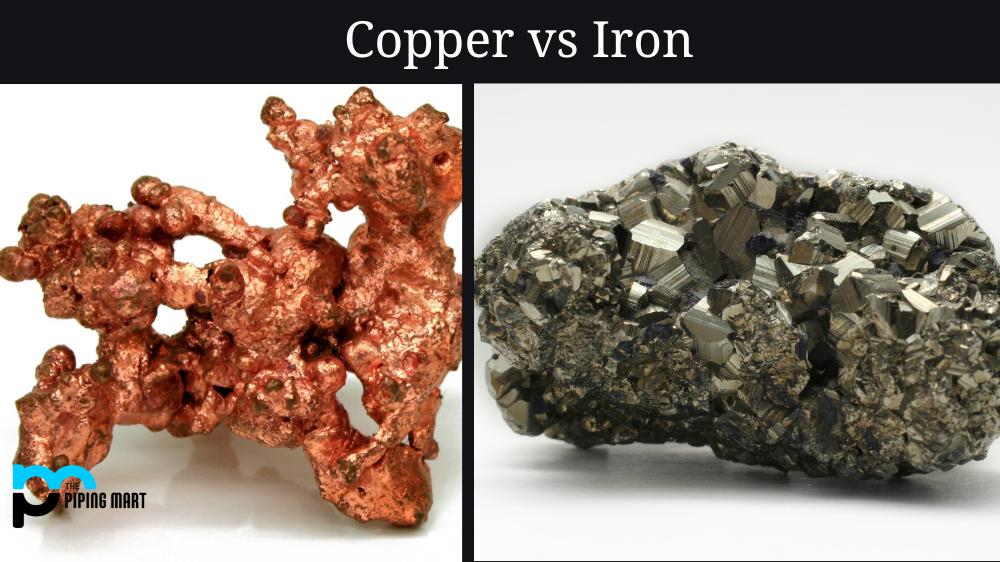One of the most common uses of Copper is in electrical wiring due to its low resistance and high conductivity, but Copper must first be reduced from its ore form before it can be used for this purpose. In this blog post, we will explore the process of reducing Copper with Carbon, a method that has been used for centuries.
The reduction of Copper with Carbon is a two-step process. First, the ore containing Copper is heated in an oxygen-free environment like a furnace or kiln, which causes the metal to react with the oxygen and form oxides. These oxides are then mixed with charcoal, which acts as a reducing agent and removes the oxygen from the oxides. This results in pure metallic Copper as a product.
Another way to reduce Copper is by using electrolysis to break down the compounds into their component elements. In this process, electricity is run through an electrolyte solution containing dissolved copper ions. This causes the oxidation of some ions while simultaneously reducing others, resulting in positively charged atoms (Copper) and negatively charged ions (oxygen). The positively charged atoms then settle at the bottom of the electrolyte solution, allowing them to be collected as metallic Copper.
The reduction of Copper with Carbon has been used since ancient times and has proven effective at producing pure metallic Copper efficiently and cost-effectively. It can also be used in combination with other processes, such as electrolysis, to further refine the product and produce even higher quality results. However, it should be noted that this process does generate some toxic fumes due to the combustion of charcoal, so proper ventilation must be provided when conducting this type of operation.
Conclusion:
Reducing Copper with Carbon is an ancient practice that has been used for centuries to produce high-quality metallic Copper from its ore form. This process is relatively fast and cost-effective compared to other methods, such as electrolysis but does generate some toxic fumes during operation, so proper ventilation must always be provided when performing these operations. By understanding how this process works and following safety protocols carefully, you can ensure that your operations are conducted safely and efficiently while still producing high-quality products every time.

Abhishek is a seasoned blogger and industry expert, sharing his insights and knowledge on various topics. With his research, Abhishek offers valuable insights and tips for professionals and enthusiasts. Follow him for expert advice on the latest trends and developments in the metal industry.




